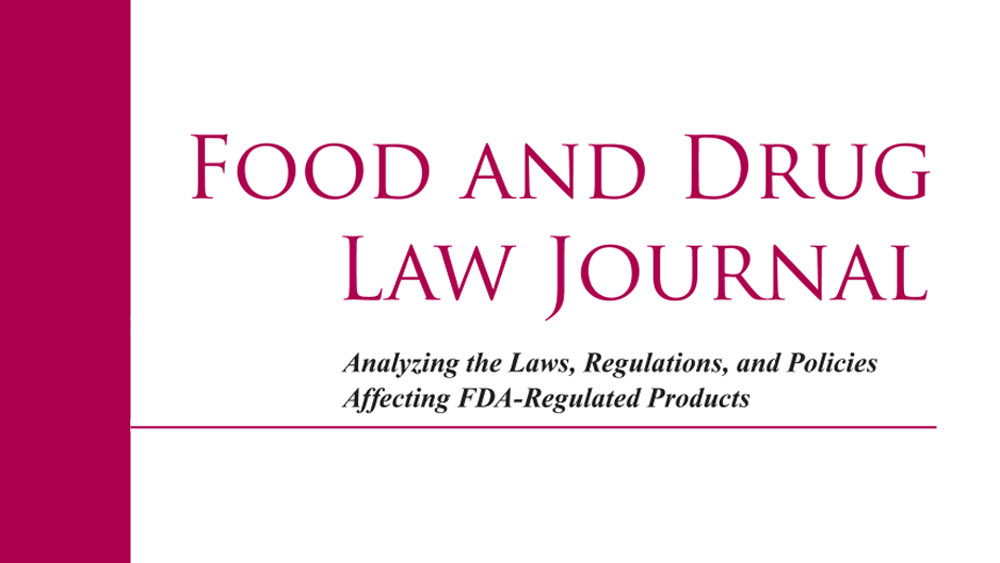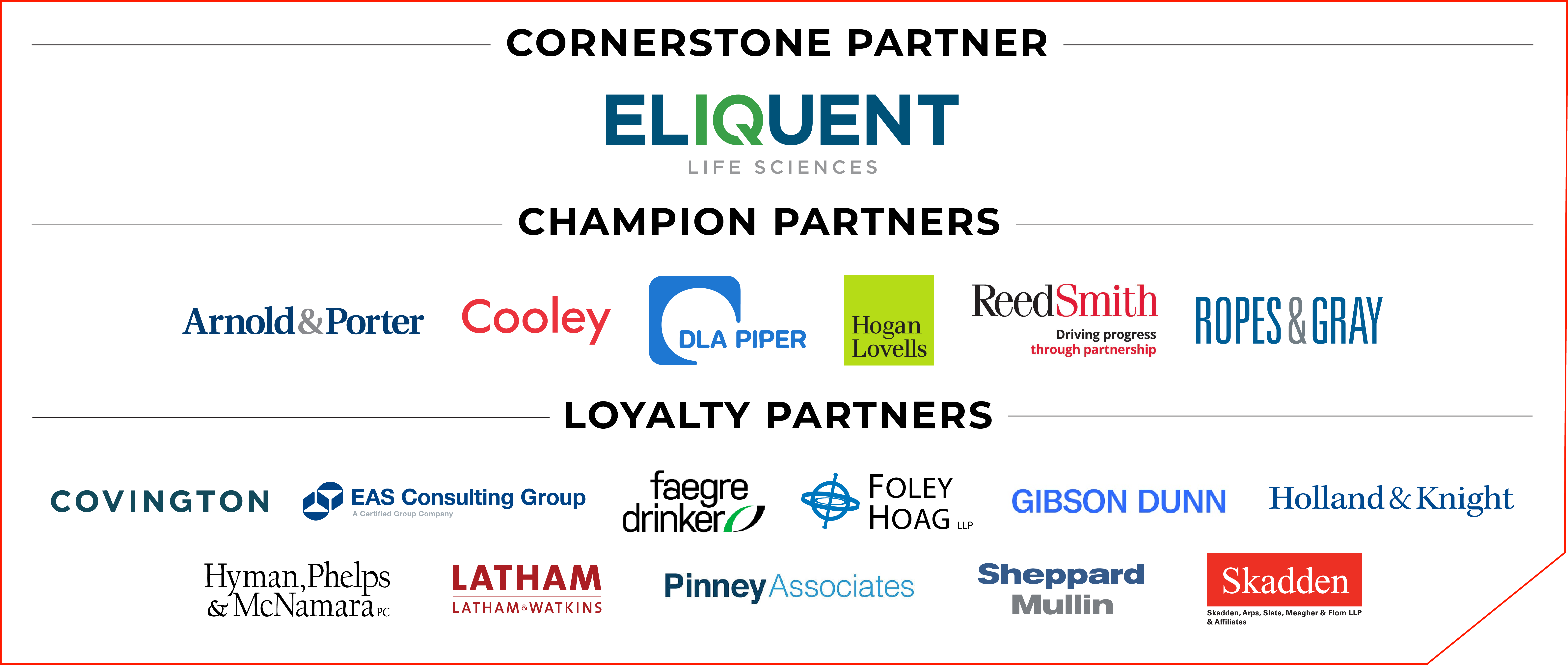
The Law of 180-Day Exclusivity
Erika Lietzan Julia Post When Congress enacted the Hatch—Waxman amendments to the Federal Food, Drug, and Cosmetic Act (FDCA) in 1984, creating a statutory pathway for abbreviated new drug applications (ANDAs), it included an incentive for generic applicants to challenge as invalid, or alternatively design around, patents claiming the innovative drugs on which they based their abbreviated applications. In brief, the first generic applicant to file an ANDA asserting that such a patent was invalid or not infringed would be awarded 180 days of generic market exclusivity. During this exclusivity period, the Food and Drug Administration (FDA) could not approve a subsequent ANDA that challenged a patent claiming the same drug. Congress amended the scheme substantially in 2003 as part of the Medicare Prescription Drug, Improvement, and Modernization Act of 2003 (MMA), and it made minor and temporary changes in 2012 as part of the Food and Drug Administration Safety and Innovation Act (FDASIA). This is the fourth in a series of articles explaining the law of 180—day exclusivity.4 Like the others, it takes a descriptive and doctrinal approach to the law that has emerged from the statute, the agency’s implementing materials (which range from regulations to citizen petition responses and decisions to award or deny exclusivity), and court decisions. Its scope is, however, slightly different. For many years, the two schemes—the 1984 scheme and the amended 2003 scheme—operated in parallel. One or the other would apply, depending on the date that the particular ANDA was filed. Today there are few if any pending ANDAs to which the original provisions apply. Moreover, although the original scheme gave rise to a substantial number of interpretive disputes litigated before FDA and in the courts, those disputes have largely been resolved. We view the law of the 1984 scheme as worth describing, not only because the scheme may be of historical interest to readers but also because the 2003 amendments made targeted changes and left much of the original statutory language intact. But we have made the decision to truncate discussion of the older scheme. As before, we proceed issue by issue. But as a general rule, for each issue we simply identify the rule of law under the old scheme, generally referring the reader to the pages of the 2009 article (or, if warranted, the 2007 article) that explain its development and noting briefly developments subsequent to 2009 that are consistent with earlier conclusions. This article therefore generally does not repeat the detailed discussion of pre–2009 controversies that can be found in earlier articles. Instead it focuses on new developments: new issues that have arisen relating more generally to 180–day exclusivity, such as premature notice of paragraph IV certification, as well as the body of law emerging around the forfeiture provisions enacted in 2003. Section I of this article provides the necessary background regarding the statutory language as well as a high-level description of the steps FDA has taken to implement the scheme. It defers discussion of the details of FDA’s implementing regulations to section II. Section II discusses the discrete interpretive issues, arranged in five categories: which rules apply, earning exclusivity, forfeiture of exclusivity, commencing the exclusivity term, and enjoyment (use) of the exclusivity term. This section presents each issue as a question and then offers a short answer and a more full discussion. In some cases, the issue is sufficiently discrete and the discussion sufficiently brief that the article dispenses with a “short answer” altogether. Because FDA has announced that it will release guidance on 180–day exclusivity sometime in 2016, section II flags open issues as well as apparent agency policies that could be confirmed in guidance. We conclude in section III with a brief discussion of lingering and renewed criticisms of the scheme, in the courts, academic literature, and Congress. We note a variety of proposals, both in Congress and in the secondary literature, to change the scheme yet again.
Food and Drug Law Journal
Volume 71, Number 3

